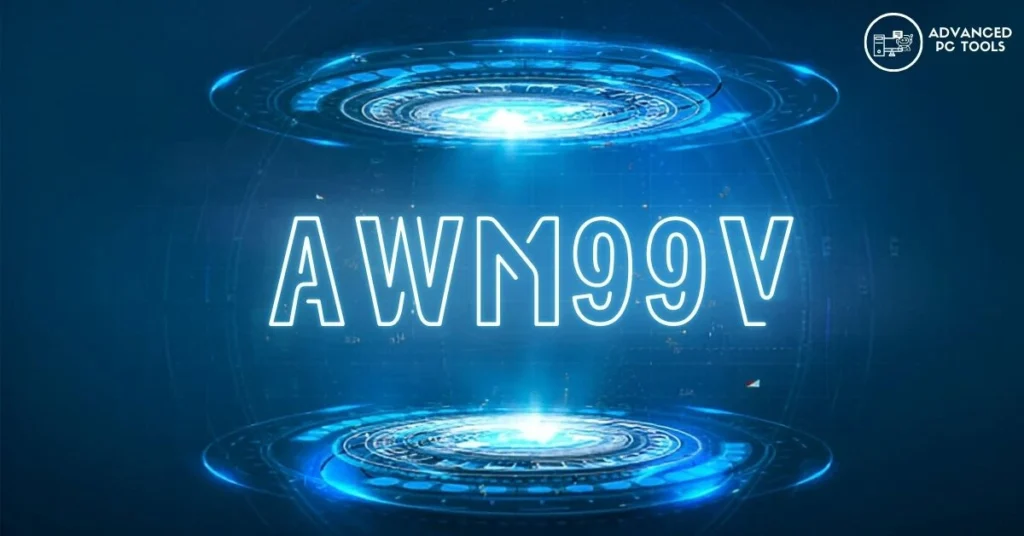In computer programming, decycling is a technique used to remove cycles from a graph or a sequence of data. This process is crucial in various applications, including data analysis, algorithm design, and software development. EasyLanguage, a programming language specifically designed for traders and analysts, provides an efficient way to compute a decycler. In this blog post, Advanced PC Tools will explain the concept of EasyLanguage Code to Compute a Decycler, its importance, and provide a step-by-step guide on how to compute a decycler using EasyLanguage.
Table of Contents
What is a Decycler?
A decycler is an algorithm or a process that removes cycles from a graph or a sequence of data. Cycles can be thought of as repetitive patterns or loops that can make data analysis and processing challenging. Decyclers are essential in various applications, including:
- Data Analysis: Decyclers help remove seasonal or periodic patterns from data, making it easier to analyze and visualize.
- Algorithm Design: Decyclers are used to optimize algorithms by removing cycles that can cause inefficiencies.
- Software Development: Decyclers are used to debug and optimize software code by removing cycles that can cause errors or performance issues.
Role of EasyLanguage in Algorithm Design
EasyLanguage is a programming language specifically designed for traders and analysts. It provides an efficient way to design and implement algorithms for data analysis, trading strategies, and risk management. EasyLanguage is a preferred choice for certain types of algorithmic tasks due to its simplicity, flexibility, and ease of use.
Understanding Decycling and Its Significance
Decycling achieves several important goals in algorithms, including:
- Removing repetitive patterns or cycles that can make data analysis challenging
- Optimizing algorithms by removing inefficiencies caused by cycles
- Improving software performance by removing cycles that can cause errors or performance issues
Computing a decycler is essential in various applications, including data analysis, algorithm design, and software development. By removing cycles, decyclers can help improve the accuracy, efficiency, and performance of algorithms and software systems.
The EasyLanguage Syntax
EasyLanguage has a simple and intuitive syntax that makes it easy to design and implement algorithms. The basic syntax includes:
- Variables: Used to store and manipulate data
- Operators: Used to perform arithmetic, logical, and comparison operations
- Control Structures: Used to control the flow of program execution
- Functions: Used to perform specific tasks and return values
EasyLanguage differs from other programming languages in its simplicity and flexibility. It provides a range of built-in functions and features that make it easy to design and implement algorithms for data analysis, trading strategies, and risk management.
Steps to Compute a Decycler in EasyLanguage
Computing a decycler in EasyLanguage involves several steps, including:
- Define the input data: Define the input data that you want to decycle.
- Choose a decycling algorithm: Choose a decycling algorithm that suits your needs.
- Implement the algorithm: Implement the decycling algorithm using EasyLanguage.
- Test and refine: Test the decycler and refine it as needed.
Here’s some sample EasyLanguage Code to Compute a Decycler that demonstrates how to compute a decycler:
{ Define the input data }
Inputs: Close(0);
{ Choose a decycling algorithm }
Vars: DecycledData(0);
{ Implement the decycling algorithm }
DecycledData = Close – Average(Close, 10);
{ Plot the decycled data }
Plot1(DecycledData);
This code defines the input data as the closing price of a security, chooses a simple moving average decycling algorithm, implements the algorithm, and plots the decycled data.
Read More: Godot How to Hard Edit the Binding for ui_left
EasyLanguage Data Structures for Decycling
EasyLanguage provides several data structures that can be used for decycling, including:
- Arrays: Used to store and manipulate arrays of data
- Vectors: Used to store and manipulate vectors of data
- Matrices: Used to store and manipulate matrices of data
Choosing the right data structure for decycling depends on the specific requirements of your project. Arrays are suitable for simple decycling tasks, while vectors and matrices are more suitable for complex decycling tasks.
Optimizing the Decycling Process
Optimizing the decycling process involves several techniques, including:
- Using Efficient Algorithms: Choose algorithms that are optimized for performance and efficiency.
- Minimizing Data Transfers: Minimize data transfers between different parts of the program to improve performance.
- Using Caching: Use caching to store frequently accessed data and improve performance.
Common pitfalls to avoid when optimizing the decycling process include:
- Over-optimization: Avoid over-optimizing the decycling process, as this can lead to complexity and maintenance issues.
- Premature Optimization: Avoid optimizing the decycling process too early, as this can lead to unnecessary complexity and maintenance issues.
Common Use Cases for Decycling
Decycling has several practical use cases, including:
- Data Analysis: Decycling is used to remove seasonal or periodic patterns from data, making it easier to analyze and visualize.
- Trading Strategy Development: Decycling is used to remove cycles from financial data, allowing traders to develop more effective trading strategies.
- Risk Management: Decycling is used to identify and remove cycles from risk data, allowing risk managers to better assess and manage risk.
- Signal Processing: Decycling is used to remove cycles from signals, allowing signal processing engineers to extract meaningful information from the signals.
Troubleshooting Common Issues in EasyLanguage
When writing EasyLanguage code for decycling, common issues may arise, including:
- Syntax Errors: EasyLanguage has a specific syntax that must be followed. Syntax errors can prevent the code from compiling.
- Logic Errors: Logic errors can occur when the code is syntactically correct but does not produce the desired results.
- Data Errors: Data errors can occur when the input data is incorrect or incomplete.
To troubleshoot these issues, it’s essential to:
- Check the syntax: Verify that the code follows the correct syntax.
- Test the logic: Test the code with sample data to verify that it produces the desired results.
- Verify the data: Verify that the input data is correct and complete.
Advanced Tips for Efficient Decycling
To improve the efficiency of decycling, consider the following advanced tips:
- Use Optimized Algorithms: Choose algorithms that are optimized for performance and efficiency.
- Use Parallel Processing: Use parallel processing techniques to decycle large datasets.
- Use Caching: Use caching to store frequently accessed data and improve performance.
By following these tips, you can improve the efficiency of decycling and achieve better results.
Comparing EasyLanguage with Other Programming Languages
EasyLanguage is a specialized programming language designed for traders and analysts. Compared to other programming languages, EasyLanguage has several advantages, including:
- Simplicity: EasyLanguage has a simple and intuitive syntax that makes it easy to learn and use.
- Flexibility: EasyLanguage provides a range of built-in functions and features that make it easy to design and implement algorithms.
- Performance: EasyLanguage is optimized for performance and efficiency, making it suitable for large-scale data analysis and algorithmic trading.
However, EasyLanguage also has some limitations, including:
- Limited general-purpose programming capabilities: EasyLanguage is designed specifically for traders and analysts and may not be suitable for general-purpose programming tasks.
- Limited compatibility: EasyLanguage code may not be compatible with other programming languages or platforms.
Read More: AWM99V: Everything You Need to Know
Conclusion
In conclusion, decycling is an essential technique in computer programming that involves removing cycles from a graph or a sequence of data. EasyLanguage Code to Compute a Decycler is an efficient way, and by following the steps outlined in this blog post by Advanced PC Tools, you can implement decycling in your EasyLanguage code. Remember to optimize your decycling process, troubleshoot common issues, and consider advanced tips for efficient decycling.
Frequently Asked Questions (FAQs)
What is decycling?
Decycling is a technique used to remove cycles from a graph or a sequence of data.
Why is decycling important?
Decycling is important because it helps remove repetitive patterns or cycles that can make data analysis challenging.
What is EasyLanguage?
EasyLanguage is a programming language specifically designed for traders and analysts.
How do I compute a decycler in EasyLanguage?
To compute a decycler in EasyLanguage, follow the steps outlined in this blog post, including defining the input data, choosing a decycling algorithm, implementing the algorithm, and testing and refining the decycler.



